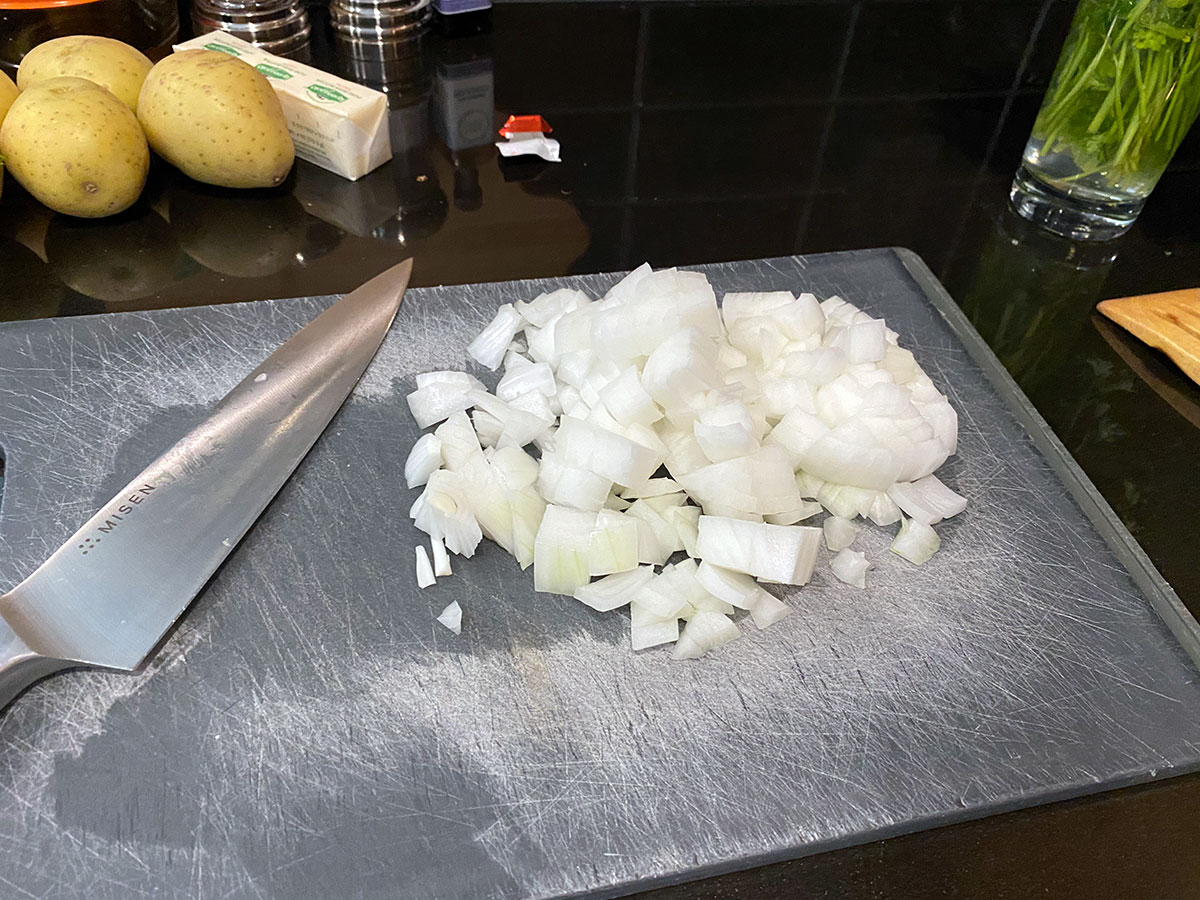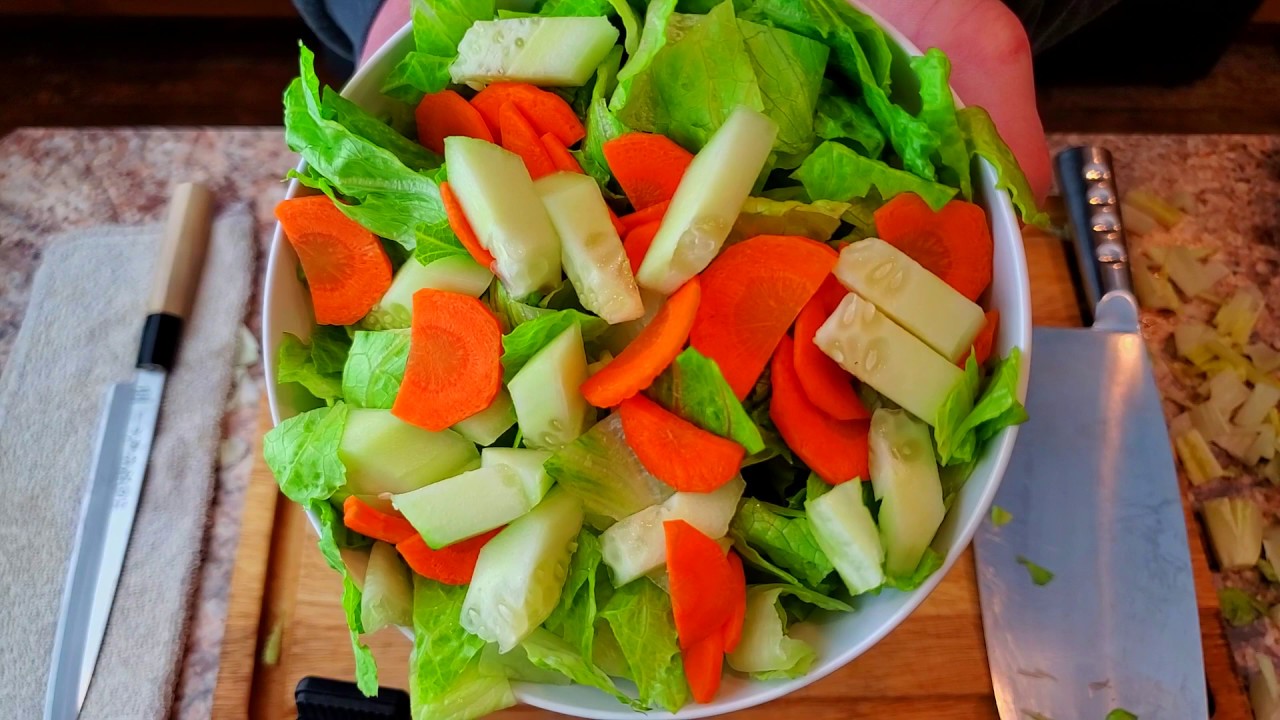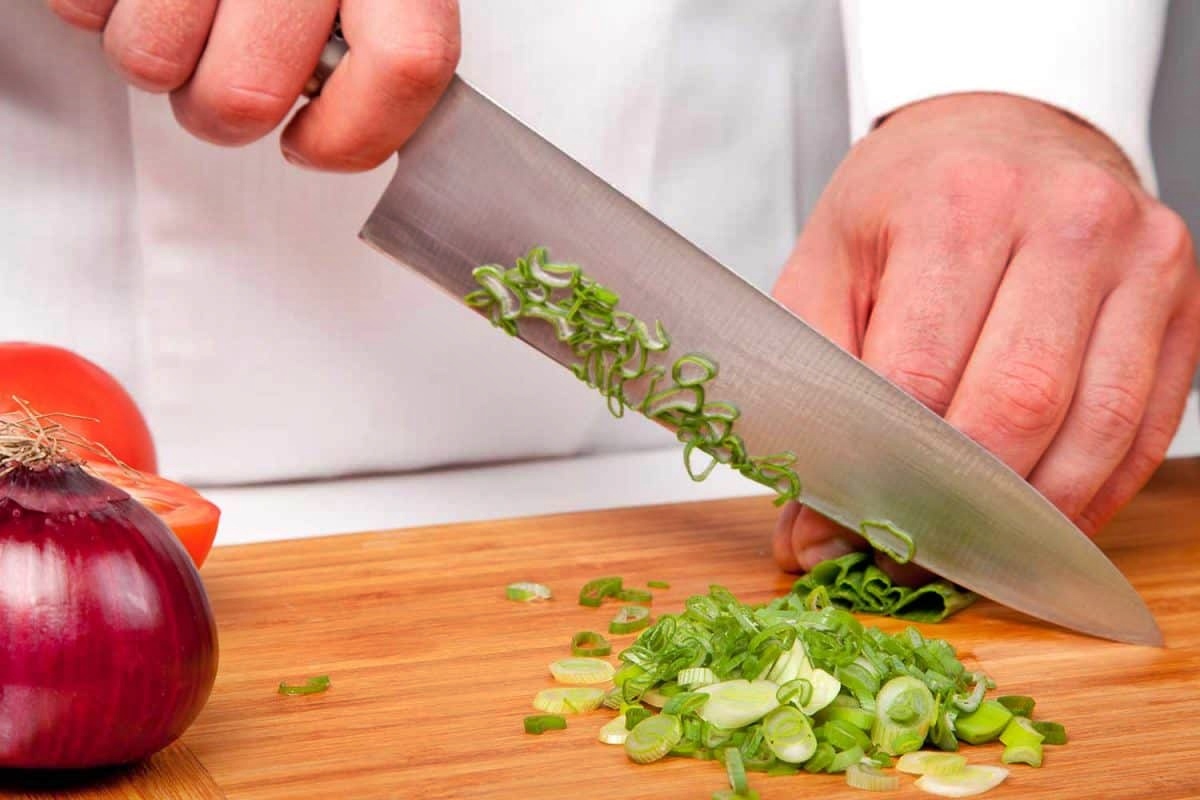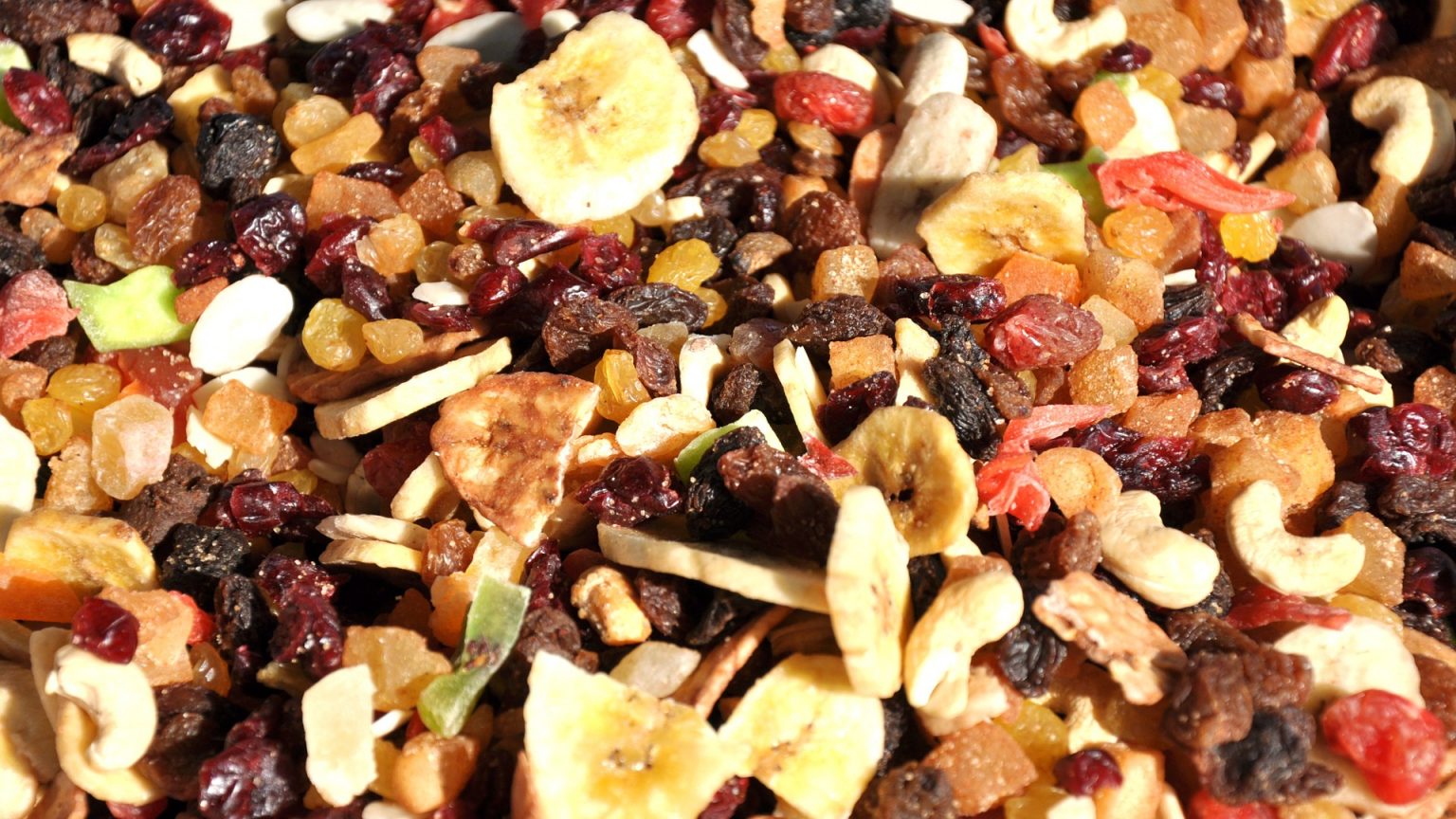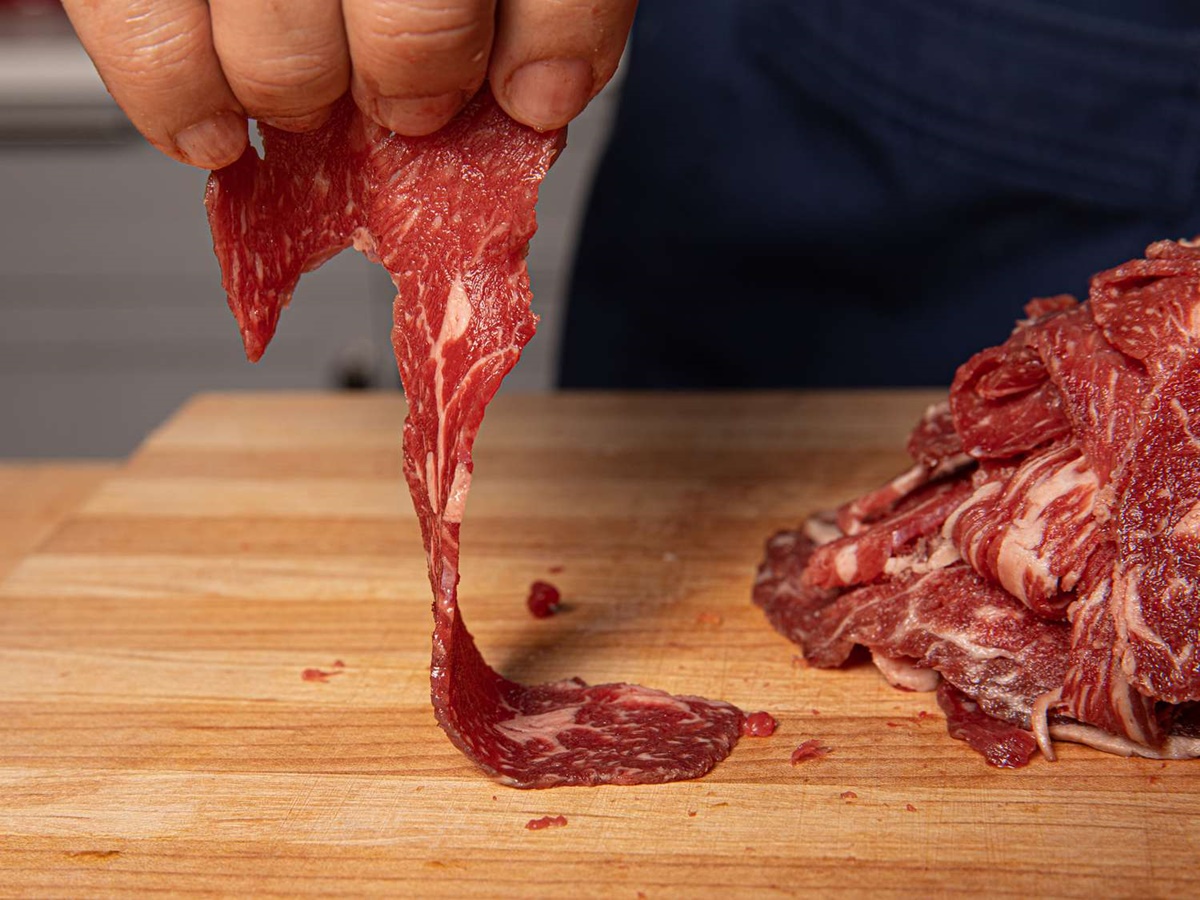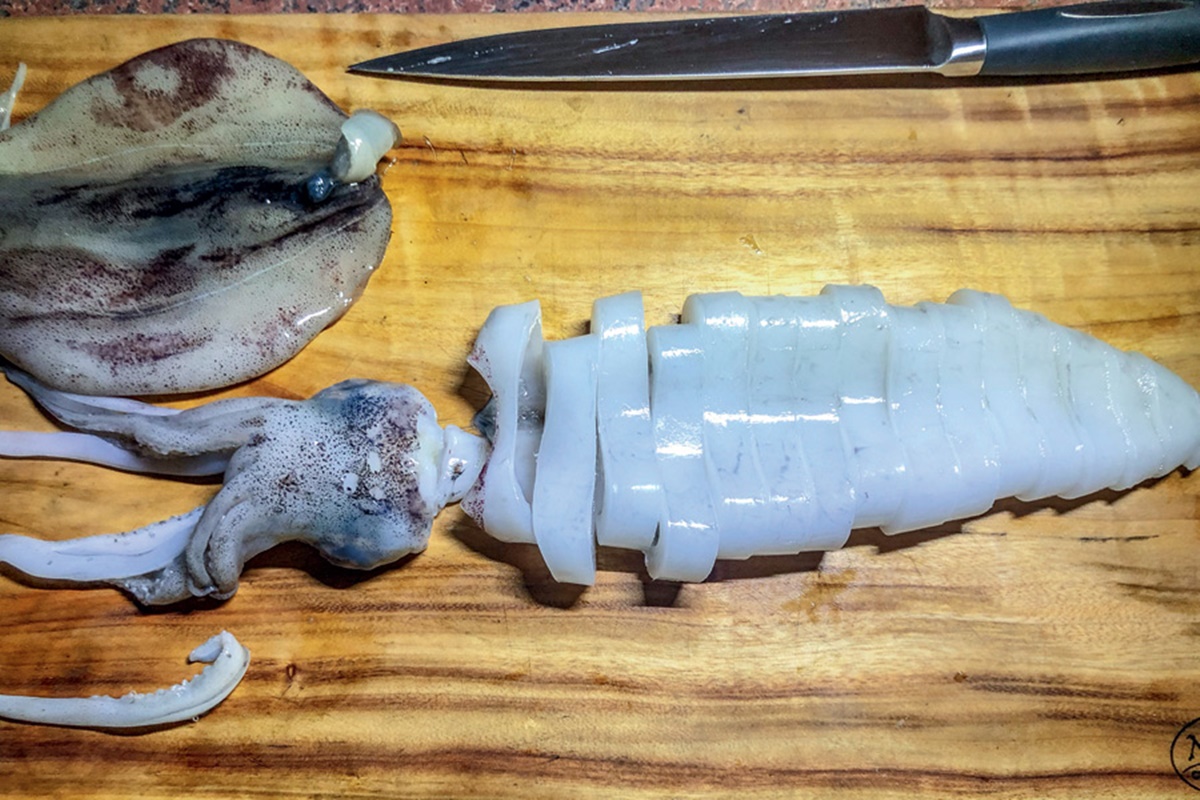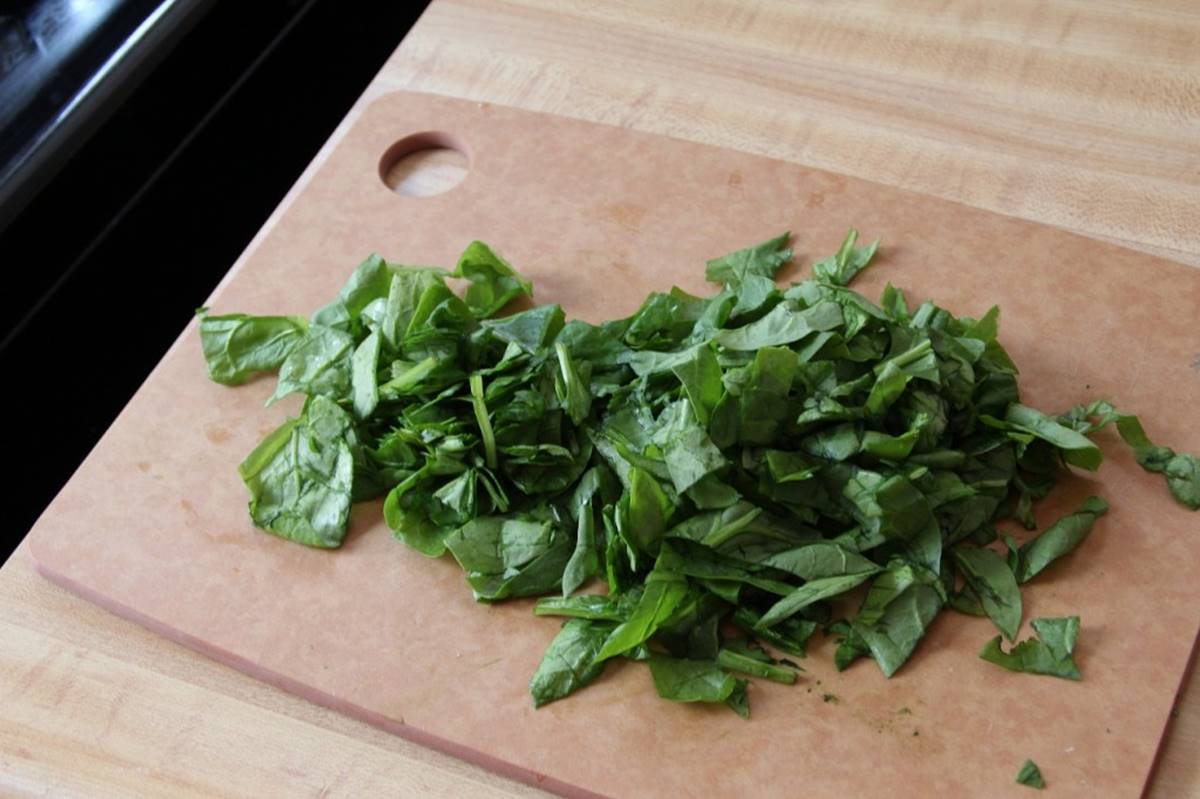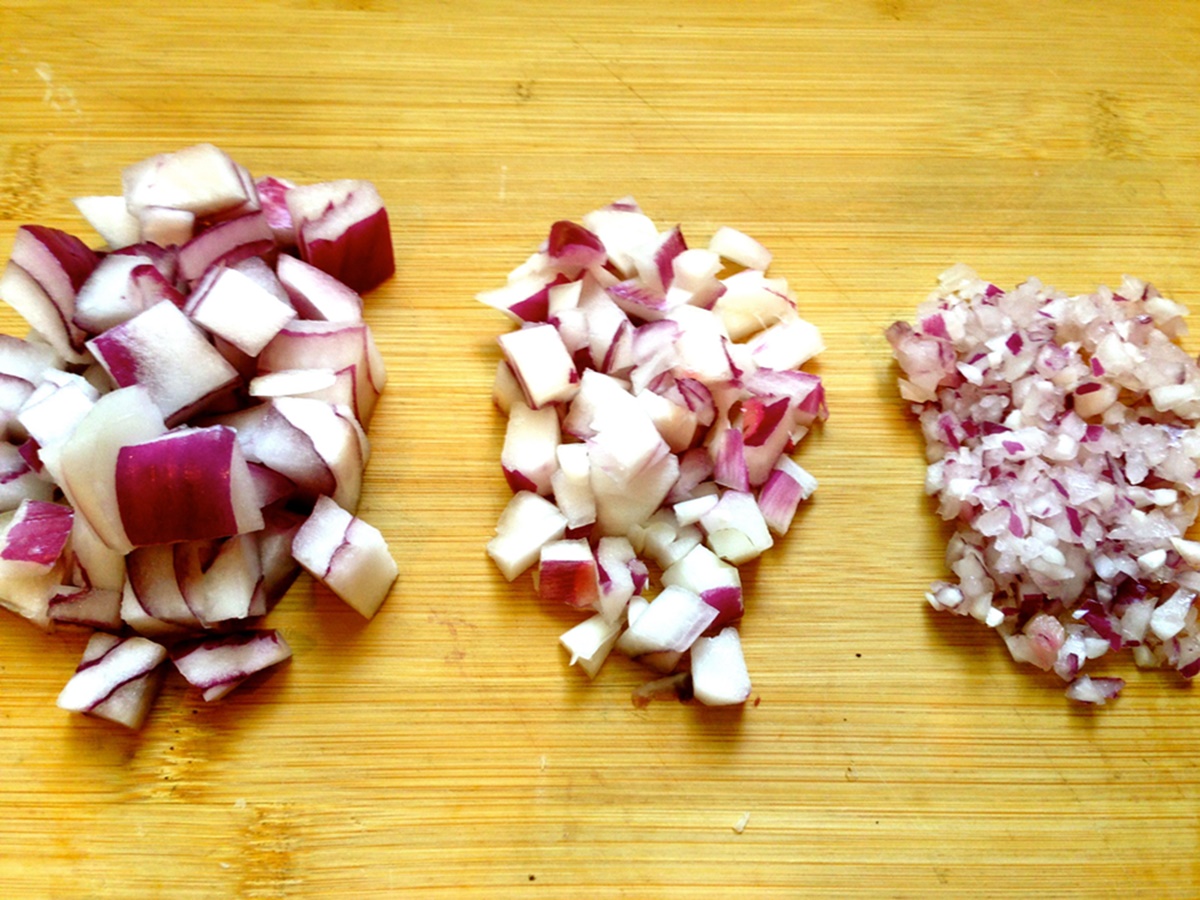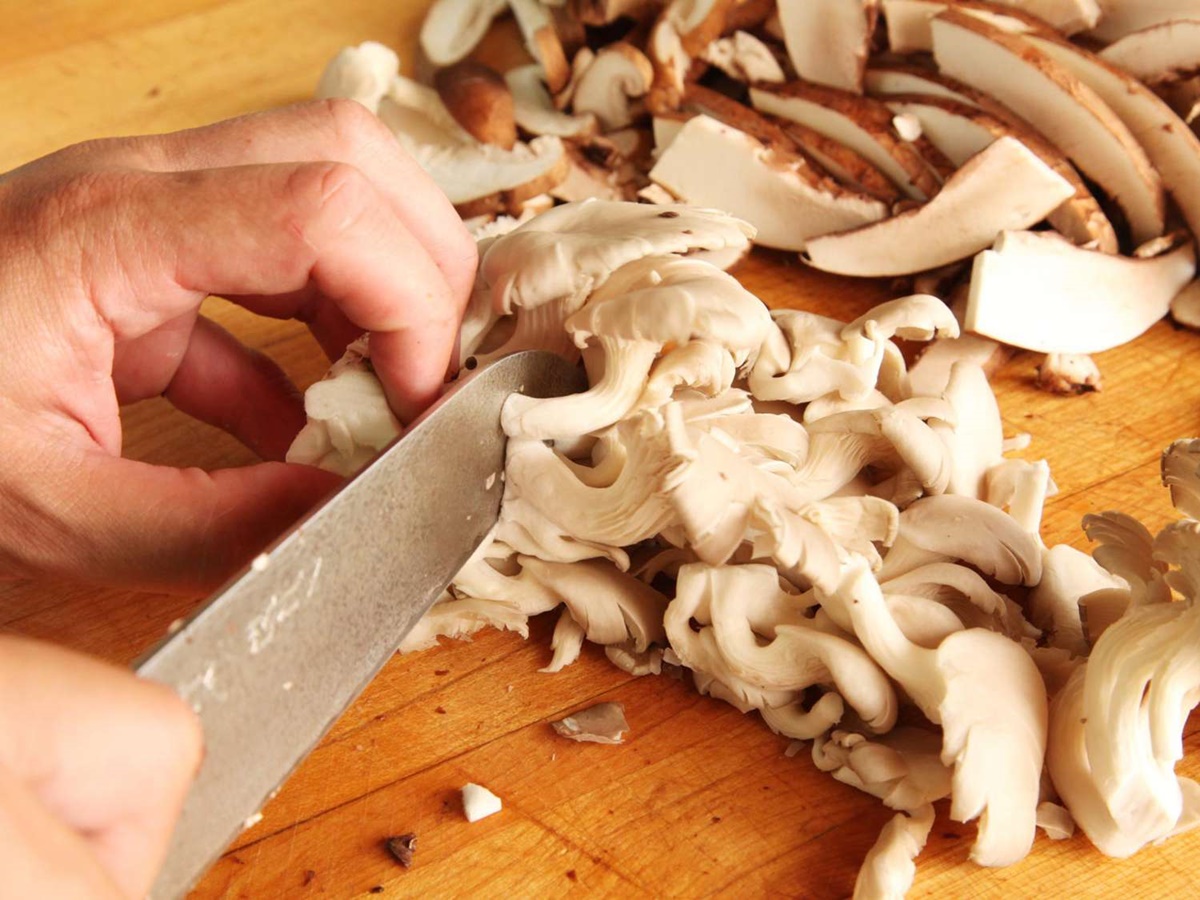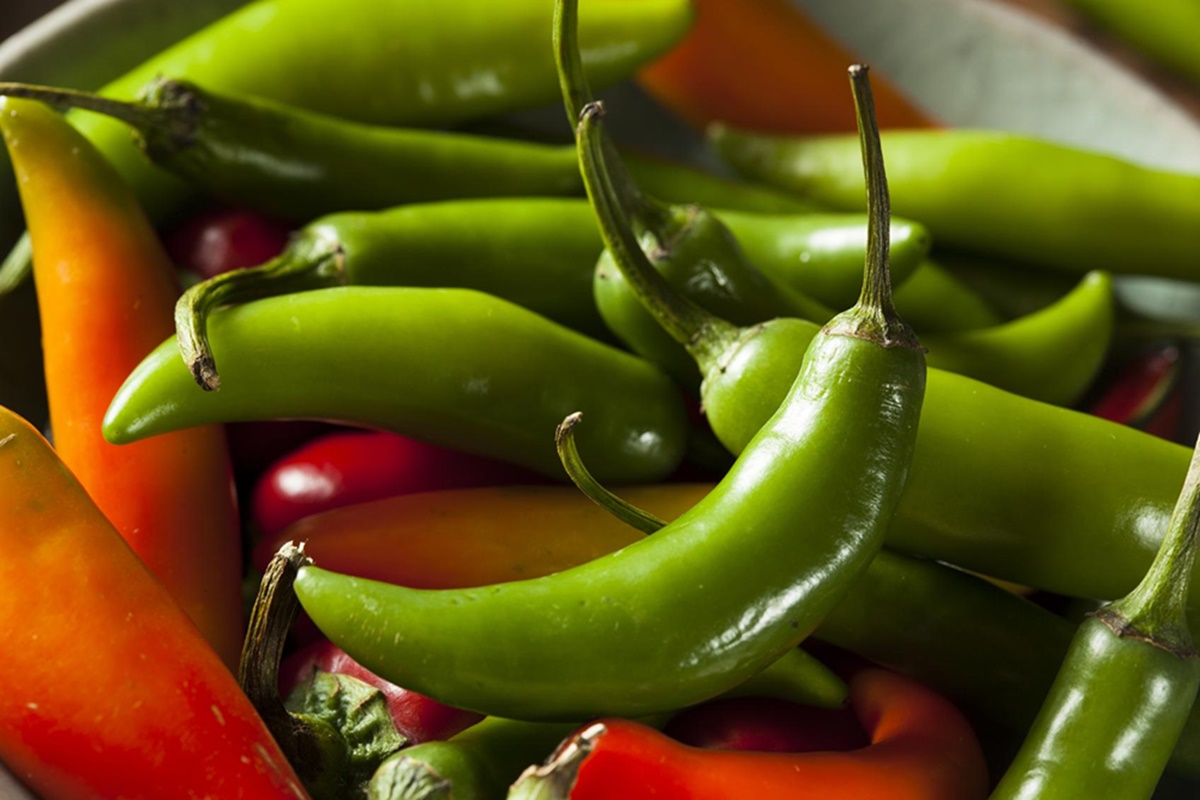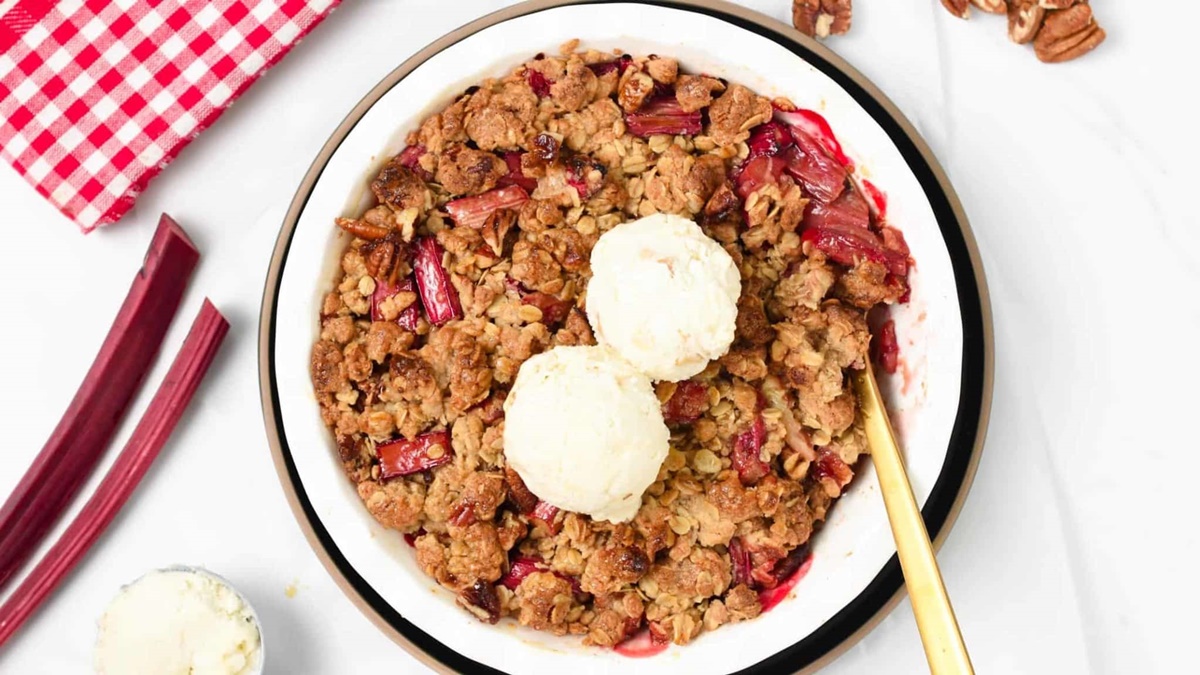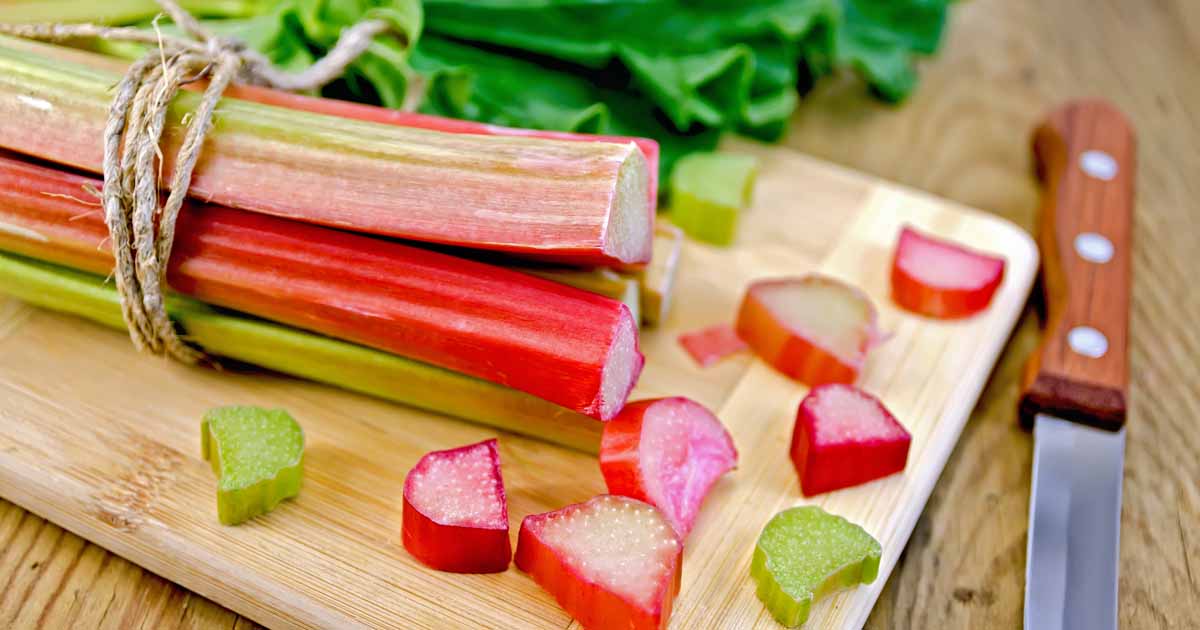Chopping strawberries for babies is a simple yet crucial task, ensuring they enjoy this delicious fruit safely. Strawberries, packed with vitamins and antioxidants, make a perfect snack for little ones exploring new tastes. However, their size and texture can pose a choking hazard. Therefore, preparing them properly is key. This guide will walk you through the steps to chop strawberries into baby-friendly pieces, allowing your child to experience the sweet, juicy flavors of this beloved fruit without any worries. Whether you're a seasoned parent or new to the kitchen, these tips will make mealtime both safe and enjoyable for your baby.
Essential Ingredients for Chopping Strawberries
- Fresh strawberries
- Clean cutting board
- Sharp knife
- Small bowl or container for storage
Necessary Tools for Preparing Strawberries
- Sharp paring knife
- Cutting board
- Small bowl
- Fine mesh strainer (optional, for rinsing)
- Small spoon (optional, for hulling)
For babies, chop strawberries into tiny, bite-sized pieces to prevent choking. Ensure they're ripe for easier chewing. Always supervise little ones while they're eating these sweet, nutritious treats.
The Importance of Properly Chopping Strawberries for Babies
Chopping strawberries for babies is essential for safety and ease of digestion. Small, bite-sized pieces prevent choking hazards, making them perfect for little ones exploring new foods. This method also helps in introducing babies to solid foods, ensuring they get the nutrients and vitamins strawberries offer without any risks.
Introducing varied textures and sizes in chopped strawberries can stimulate babies' sensory experiences, aiding in their developmental milestones. Properly prepared, these fruits become an excellent way for infants to develop their fine motor skills and hand-eye coordination as they learn to grasp and eat independently.
Step-by-Step Guide to Chopping Strawberries
How To Chop Strawberries For Babies
-
Select Fresh Strawberries: Choose bright red, firm strawberries with no bruises or soft spots. Freshness ensures both flavor and nutritional value are at their peak.
-
Wash Thoroughly: Rinse strawberries under cold water to remove any dirt or pesticides. Pat dry with a clean towel to avoid any mushiness during the chopping process.
-
Remove the Stem: Use a small knife to cut around the green leafy top of each strawberry, then pull it off or twist to remove. This part is not edible for babies.
-
Slice in Half: Place the strawberry flat side down on a cutting board. Slice vertically down the middle to create two equal halves. Halving makes it easier to manage the size of the final pieces.
-
Cut into Small Pieces: For babies who are newer to solids, cut each half into smaller, bite-sized pieces. Consider your baby's age and ability to chew when deciding on the size. Smaller pieces are safer and easier for them to handle.
-
Quarter for Older Babies: If your baby has more experience with solids, you might quarter the halves instead, creating larger chunks. This helps with their pincer grasp development.
-
Check for Choking Hazards: Inspect each piece to ensure there are no large seeds or tough parts that could pose a choking risk. Strawberries are generally soft, but it's always good to be cautious.
-
Serve Immediately or Store Properly: Freshly chopped strawberries are best served immediately. If you need to store them, place in an airtight container and refrigerate for up to two days. Remember, cut strawberries can become soggy over time.
-
Mash for Younger Babies: For very young babies, consider mashing the chopped strawberries with a fork to create a smoother texture. This can be a good transition from purees to more solid food.
-
Mix with Other Foods: Once your baby is accustomed to strawberries, you can mix the chopped or mashed pieces with other baby-friendly foods like yogurt, oatmeal, or pureed fruits for a nutritious and flavorful meal.
-
Monitor for Allergies: After introducing strawberries, watch for any signs of allergies in the next few days. Strawberries are known allergens, and it's crucial to ensure your baby tolerates them well.
Chopping strawberries for babies involves careful selection, thorough washing, and cutting into appropriate sizes to ensure safety and ease of eating. Always prioritize freshness and cleanliness, and adjust the size of the pieces according to your baby's developmental stage and eating abilities.
Mastering Strawberry Prep for Little Ones
Chopping strawberries for babies isn't just about making food pieces safe; it's about introducing them to the joy of eating fresh, nutritious fruits. With the right technique, you can ensure these little red gems are the perfect size for tiny hands and mouths, minimizing choking hazards while maximizing nutritional benefits. Remember, always start with clean, ripe strawberries and choose the method that best suits your baby's eating stage. Whether you're slicing, dicing, or mashing, the goal is to make mealtime both safe and enjoyable. As your baby grows, you can introduce more complex textures and sizes, helping them develop their eating skills. So, grab some strawberries and start practicing. Your little one's smile after tasting the sweet, juicy fruit will be worth every minute spent in prep.
Common Questions About Preparing Strawberries for Babies
How do I choose the best strawberries for my baby?
Look for bright red, firm strawberries with a fresh, green cap. Avoid berries with bruises or mold spots, as these can affect taste and texture. Freshness is key, so opt for strawberries that smell sweet and fruity.
What's the safest way to chop strawberries for babies?
Start by washing the strawberries thoroughly under cold water. Remove the green caps with a small knife or by twisting them off. For babies, cutting strawberries into small, bite-sized pieces or thin slices is best. This makes them easier to handle and reduces choking hazards.
Can I serve strawberries to my baby raw?
Yes, raw strawberries are full of nutrients and make a delicious snack for babies. Just ensure they're properly cleaned and chopped into appropriate sizes. Introduce strawberries in small quantities to monitor for any allergic reactions.
At what age can babies start eating strawberries?
Babies can start enjoying strawberries around 6 months old, when they begin eating solid foods. Always introduce new foods one at a time and watch for signs of allergies when trying strawberries for the first time.
How do I store chopped strawberries?
Store chopped strawberries in an airtight container in the refrigerator. They're best eaten within a day or two, as they can quickly become mushy and lose their fresh flavor.
Are there any health benefits of strawberries for babies?
Strawberries are packed with vitamins, minerals, and antioxidants. They're a great source of vitamin C, which supports the immune system, and manganese, which is important for bone development. Their high water content also helps keep babies hydrated.
Can I freeze chopped strawberries for later use?
Absolutely! Freezing is a great way to preserve their freshness. Spread the chopped strawberries on a baking sheet to freeze individually, then transfer them to a freezer-safe bag or container. Frozen strawberries are perfect for smoothies or thawing for a cold treat.
Was this page helpful?
Read Next: How To Chop Swede
